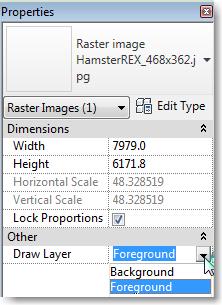
The advice on how to avoid the potential to overwhelm and overcomplicate.The power of mutual understanding and agreement of what determines a digital twin.The status quo of digital twins and how the concept fits into today’s AECO industry.It also draws on the experiences of implementing BIM while challenging the industry to avoid the same pitfalls by approaching digital twins in a radically different way. But the clients’ ambition for the technology will fall flat if important lessons are not learnt from the prolonged and often painful BIM roll out from the past decade that finally after some amount of “emotional scarring” resulted in an ISO standard4.Īssuming you have read the Digital Twin Toolkit by Centre for Digital Built Britain available for free online: and decided a DT can bring tangible commercial benefit to your organisation, the aim of this whitepaper is to then highlight the possibilities of digital twins and to debunk the myths surrounding them. They promise to transform construction delivery and Facilities Management (FM), boosting operational productivity, quality and ultimately profitability in the process. In a nutshell, Digital Twins (DTs), as the name suggests, provide a form of a digital counterpart for a physical asset. A client claiming they have “BIM getting delivered next Thursday” only for the team to discover it is just a computer with a pre-installed Revit is one such example.

This whitepaper therefore expands on the toolkit by providing advice and suggestions from our own experience and the journey of the past ten years so as to avoid the same pitfalls that BIM has led to. Thus, to avoid similar misconceptions from the past, we have contributed to the development of the Digital Twin Toolkit³ in order to first define what we mean by a digital twin and second to clarify the business case as well as the benefits this newly rediscovered concept brings. Therefore, there is no surprise the level of scepticism that any such a new concept receives.

The nirvana of BIM supposedly promised the now infamous 20% construction cost savings that were nowhere to be seen. Over the past decade, we have witnessed an unprecedented transformation in the Architecture, Engineering, Construction and Operation (AECO) industry in the UK but also abroad.įrom the early use of collaborative 3D technologies mandated as part of the UK Government Construction Strategy in 2011¹ (put into practice in 2016) which certainly accelerated the adoption of Building Information Modelling (BIM) to the introduction and eventual fall from grace of Virtual Reality (VR)², the buzzwords in this industry change as frequently as the trends at London Fashion Week.


 0 kommentar(er)
0 kommentar(er)
